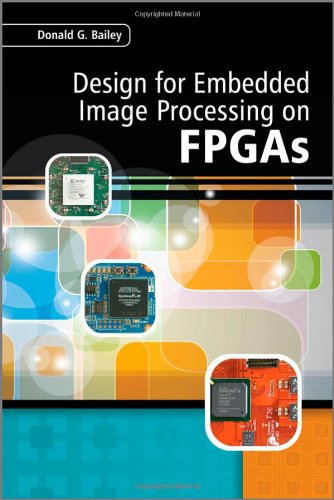Design for Embedded Image Processing on FPGAs ebook download
Par baker bobbie le samedi, août 20 2016, 03:23 - Lien permanent
Design for Embedded Image Processing on FPGAs by Donald G. Bailey


Design for Embedded Image Processing on FPGAs ebook
Design for Embedded Image Processing on FPGAs Donald G. Bailey ebook
ISBN: 0470828498, 9780470828496
Publisher: Wiley-Blackwell
Page: 0
Format: pdf
Design, implement, and integrate computer vision algorithms and prototypes. Design hardware in LabVIEW, download and run with interactive LabVIEW Front Panels, Filters, Fourier Transform, Adaptive Filters, FIR, IIR, DTMF and Sample Rate Conversion. He has also been responsible for the development of various training courses offered by The MathWorks, including “MATLAB® for Image Processing”. All stages of the design workflow from modeling and simulation, converting the design from a floating-point to a fixed-point representation, automatically generating C code or VHDL/Verilog code for deployment onto DSP or FPGA hardware and verifying the design through real-time simulation on the hardware. An alternative to ASIC, custom processing system, and PC-based video-image processing. FPGAs can accelerate some image processing algorithms, while reducing latency and jitter compared to using CPUs. Experience in aerial video analysis, robotic vision and embedded image processing (FPGA, DSP, or smartphone). The LabVIEW FPGA Module for Spartan 3E XUP was developed to enable educators to use LabVIEW FPGA to teach digital and embedded design concepts. These solutions can save development time And a purely off-the-shelf solution can put you at the mercy of the marketplace -- e.g., if you design around a specific PC and video card and either becomes obsolete, you are, again, faced with a redesign. Embedded systems can, of course, be built using off-the-shelf processing boards and image capture boards. Innovations such as HDTV and digital cinema revolve around video and image processing and the rapid evolution of video technology. These lessons are designed for the textbook:Embedded Signal Processing with the Micro Signal Architecture by Woon-Seng Gan.